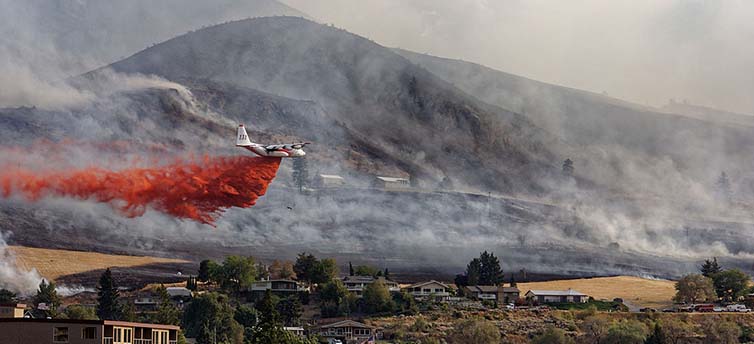Only 30 per cent of the costs associated with climate-related weather events have been covered by insurance over the past 10 years, leaving the public sector and civil society with a $1.7 trillion bill.
That’s the conclusion of new research by the ClimateWise initiative, a group of 28 leading insurance firms based out of the Cambridge Institute for Sustainability Leadership. The number of natural catastrophes has increased sixfold since 1950, multiplying financial damages incurred 500 per cent up to $170 billion.
At the same time, the insurance gap on these losses has increased to $100 billion. The spectre of more frequent and destructive weather events has forced insurance companies to raise rates across the board, leaving many areas of the globe effectively uninsurable. Cities in developing countries have been hit particularly hard.
This not only leaves society less prepared to handle the shocks of climate change, but also places the global insurance market at risk of losing its market share. ClimateWise is encouraging its member insurers to help society become more physically resilient to the risks, benchmarking each member’s progress against their peers with an independent review.
This year, insurers were encouraged to disclose against the Financial Stability Board’s Task Force on Climate-related Financial Disclosure recommendations. The greatest improvement was found through efforts to incorporate climate change into each company’s investment strategies, a key theme highlighted in an earlier report by ClimateWise in 2016 titled Investing for Resilience.
“Industry leaders now have the opportunity to step up to the challenge outlined by the Paris Climate Agreement,” said ClimateWise program manager Tom Herbstein in 2016. “In particular, the industry must help shift capital flows into climate-resilient assets and resilience-enhancing investments rather than simply struggling to maintain its current underwriting exposure.”
The report recommended that insurers introduce a resiliency ratings system for their investment portfolios, as well as increase support for green bonds, resilience impact bonds and resiliency-focused infrastructure.







